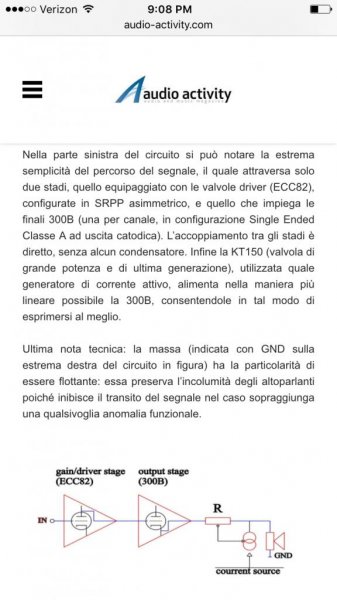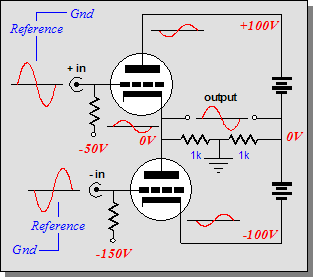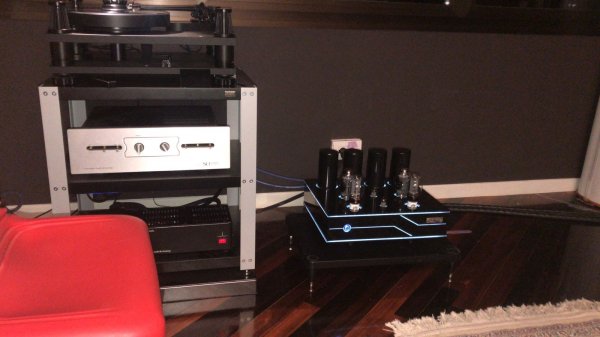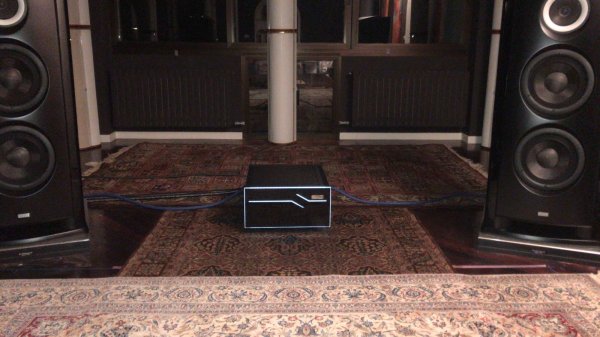I just spent about four hours using Google translate to translate from Italian to English dozens of posts about the Alieno 250 LTD amplifier on an Italian audio forum. The translated posts did not tell me anything.
But then I found
this:
http://www.audio-activity.com/si-audio041114.html
. . . a large excerpt of which Google translated to English as follows:
The LTD implementation has nothing to do with the traditional circuits, let alone with those defined hybrids that require the use, in addition to the tubes, also of the semiconductors in the amplification line.
The hybrid amplifiers, in fact, try to reconcile the softness of the tube with the imperiousness of the transistor, entrusting the first to the amplification in voltage and the second to the current one. In doing so, however, the "magic" of the tube sound is only partially expressed, since only the modulation of the voltage supplied to the loudspeaker has a valve imprimatur, while all the current supply remains the typical one of the transistor (of course with all its pros and cons).
The new technology LTD is inspired, instead, to a different design philosophy: the valve section, Single Ended in pure class A, provides the load as much voltage as the current, the latter supported by a particular process of power supply semiconductors.
Short technical study
We report in the attached figure an extremely simplified circuit that helps to understand how the LTD system works. Let's start by examining the right half of the circuit, the most innovative one. The output current from the final pipe drives the load through a very low value resistance (in the figure indicated with "R"). The voltage drop at the ends of this resistance is used to control the modulation of the output current at the power supply section (which therefore works as a current and not voltage generator). The output of the feed section, as shown in the figure, is connected to the load in parallel with the output of the final valve. By operating in this way, the tube drives the load both in tension (directly) and in current through the sophisticated feeding system indicated above.
On the left side of the circuit you can see the extreme simplicity of the signal path, which crosses only two stages, the one equipped with the driver valves (ECC82), configured in asymmetric SRPP, and the one using the 300B finals (one per channel, in Single Ended Class A configuration with cathodic output). The coupling between the stages is direct, without any capacitor. Finally, the KT150 (high power and latest generation valve), used as an active current generator, feeds the 300B in the most linear way possible, allowing it to express itself in the best possible way.
Last technical note: the mass (indicated with GND on the extreme right of the circuit in the figure) has the particularity of being floating: it preserves the safety of the speakers as it inhibits the transit of the signal in the event of any functional anomaly.

* * *
Would the electronic engineers here please get to work reading and understanding this description, and explaining the circuit design of the Alieno to the rest of us? Thank you!



















